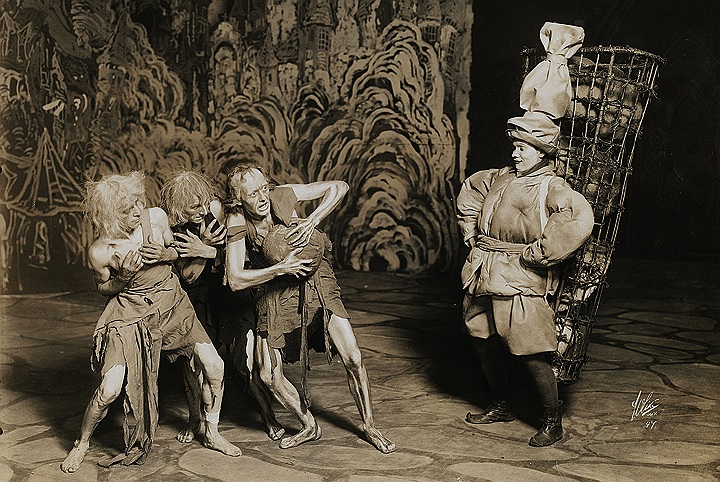Strauss, Till Eulenspiegels lustige Streiche

Driving back home from Dallas recently, Professor Carol reached into her bag of road toys and put on a recording of Till Eulenspiegel. She played this particular recording, by Maestro Classics with commentary for children, primarily for our granddaughter. Of course, when it was finished our granddaughter asked immediately to hear it a second time (a strategy for learning music that I always recommend).
Of course, I’ve heard the work many times. After all, it has a famous horn motif that horn players will practice endlessly. But you can always get something new from a good work even after committing it to memory. Like my granddaughter, after hearing it once in the car (even though not my first time), I too wanted to hear it again immediately.
Richard Strauss (1864-1949) made some of the most important contributions to the genre of tone poems. He followed the model of Liszt (considered the father of the tone poem). A tone poem generally presents a story or poem, depicting images or scenes and loosely following the narrative. Strauss focused on tone poems early in his career. Till Eulenspiegel’s Merry Pranks was written in 1894 when Strauss was 30. He would turn primarily to opera in the 20th century.
The character Till Eulenspiegel (eulen = owl, spiegel = mirror) appears in a book of German folklore published in 1515. Till is a practical joker who takes aim at people across the social strata, including nobility and the Pope. These episodes are loosely depicted in the music.
The music follows Till throughout the countryside, as he rides a horse through a market, upsetting the goods and wares, pokes fun at the strict Teutonic clergy (represented by the violas), flirts with and chases girls (the love theme is given to the first violins), and mocks the serious academics (represented by the bassoons).
His pranks ultimately go too far, and Till is hauled off to the gallows at the end. That naturally raised some questions from the back seat. It’s a chance to explain that not everything you think is funny will be received that way. Or you might want to point out the reprise of Till’s laugh at the very end, suggesting that his jokes will continue.



